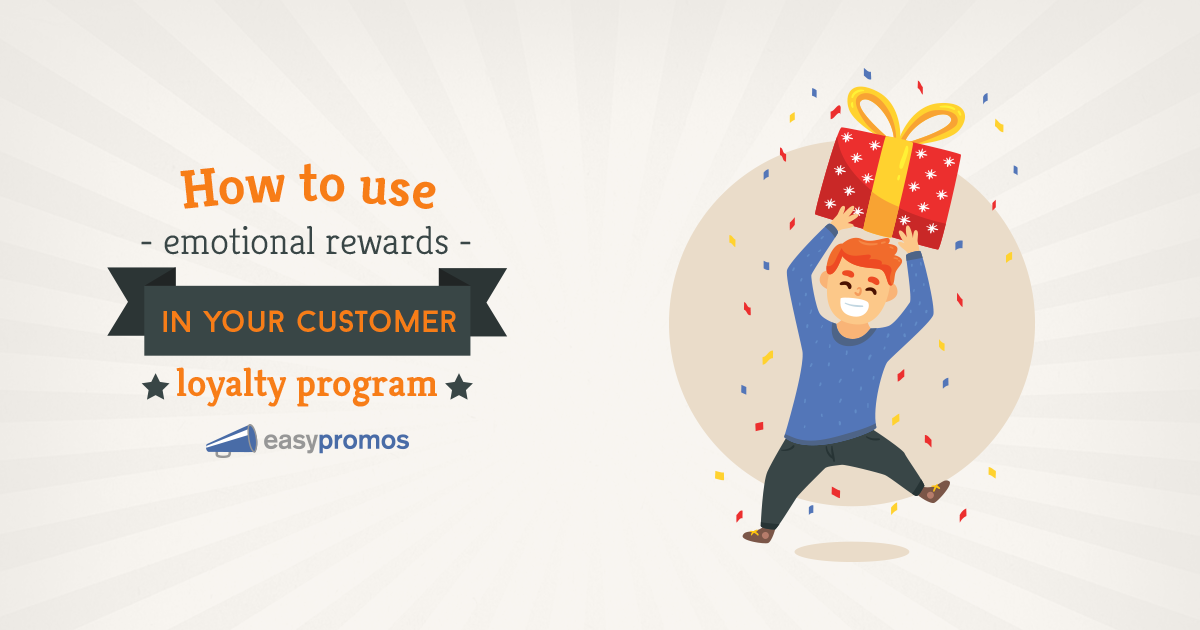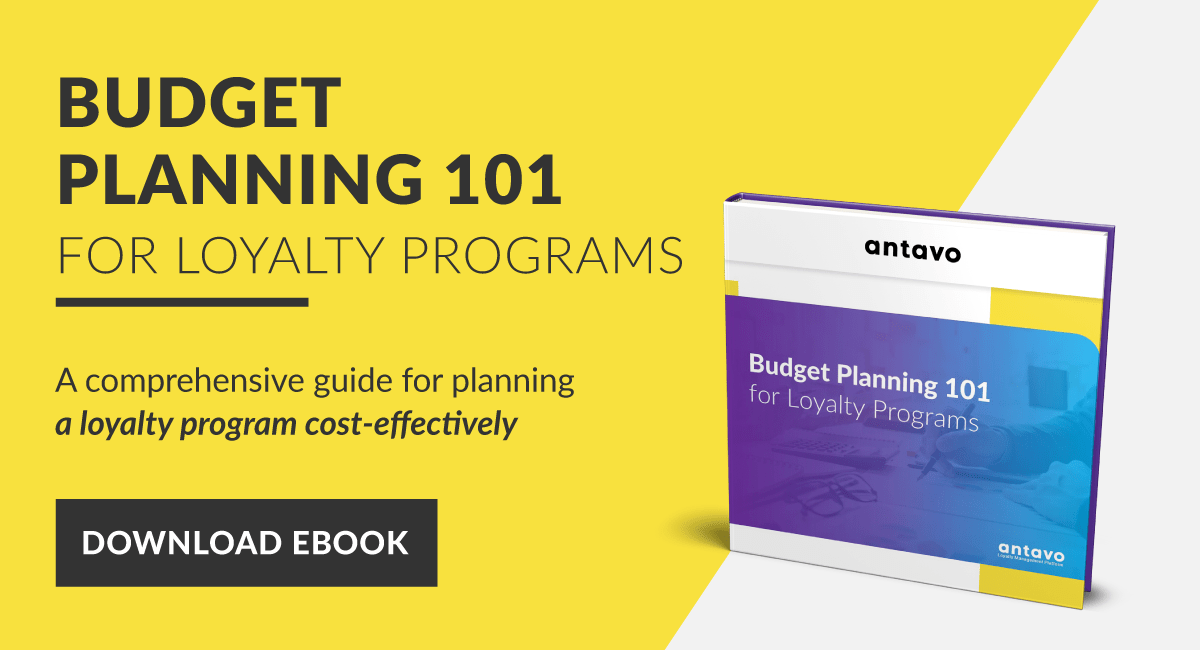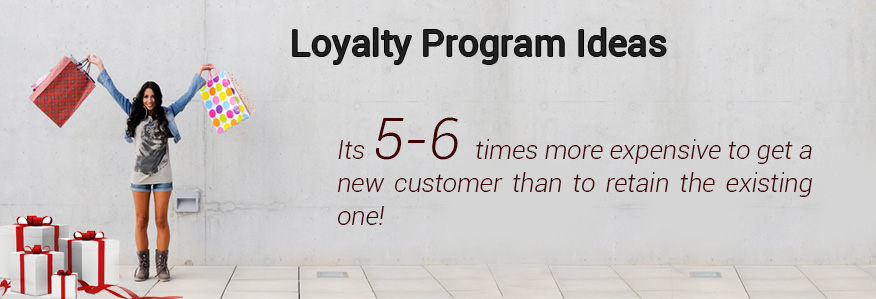All Categories
Featured
Table of Contents
In 23832, Everett Freeman and Ariel Lambert Learned About Target Market

What if you could grow your service without increasing your costs? In truth, what if you could in fact minimize your costs but increase your sales, year after year? Would you do it? If you're a company owner, then you'll likely offer a definite 'yes', a basic response to an even easier question.
A rewards program tracks and rewards certain costs habits by the client, supplying special advantages to faithful customers who continue to go shopping with a specific brand. The more that the client invests in the shop, the more benefits they get. Over time, this incentive constructs faithful customers out of an existing consumer base.

Even if you currently have a reward program in place, it's an excellent idea to dig in and completely understand what makes consumer commitment programs work, as well as how to implement one that costs you little money and time. Don't stress, I'll assist you with that. I'll break down the main advantages of a commitment program and the finest methods to create devoted consumers.
Let's dig in. Client commitment is when a customer returns to do service with your brand over your rivals and is mostly affected by the positive experiences that the customer has with your brand name. The more favorable the experience, the most likely they will return to patronize you. Consumer loyalty is exceptionally crucial to businesses because it will help you grow your business and sales faster than a simple marketing plan that focuses on recruiting brand-new customers alone.
A few methods to measure client commitment consist of:. NPS tools either send out a brand name performance study by means of e-mail or ask clients for feedback while they are visiting a business's site. This info can then be utilized to much better comprehend the probability of consumer loyalty. A repurchase ratio measures the ratio of repeat purchasers versus one-time buyers.
Customer loyalty index (CLI). The CLI tracks client loyalty in time and is comparable to an NPS survey. However, it considers a couple of extra elements on top of NPS like upselling and buying. These metrics are then used to examine brand name loyalty. A client commitment program is a marketing strategy that rewards consumers who make purchases and engage with the brand on an ongoing basis.
Customer benefits programs are designed to incentivize future purchases. This motivates them to continue working with your brand name. Client commitment programs can be set up in several methods. A popular consumer commitment program rewards clients through a points system, which can then be invested in future purchases. Another kind of consumer loyalty program might reward them with member-exclusive advantages or complimentary gifts, or it may even reward them by contributing money to a charity that you and your consumers are equally passionate about.
In 90403, Cecelia Rivera and Jaylin Love Learned About Mobile App
By providing benefits to your clients for being devoted and supportive, you'll build a connection with them, deepening their relationship with your brand and ideally making it less likely for them to switch to a rival. You've most likely seen customer commitment programs in your own shopping experience, whether at your preferred cafes or your most frequented supermarket.
However even if everybody is doing it doesn't indicate that's a great adequate reason for you to do it too. The much better you comprehend the benefits of a customer rewards program, the more clarity you will have as you produce one for your own store. You will not be sidetracked by amazing advantages and complex commitment points systems.
Keep in mind: work smarter, not harder. Consumer retention is the main advantage of a rewards program that serves as a structure to all of the other benefits. As you offer incentives for your existing customer base to continue to acquire from your shop, you will offer your shop with a consistent circulation of cash month after month.
By growing your retention rate, you can stop investing as much time or money on increasing your general variety of customers. Why is this important? Faithful clients have a higher conversion rate than brand-new clients, meaning they are most likely to make a transaction when they visit your store than a new client.
By increasing your retention rate by just 5 percent, you can increase your profits by 25 percent and as much as by 95 percent. Needless to state, your retention rate matters. Key Takeaway: If you wish to substantially increase your revenues, supply rewards for your existing clients to continue to go shopping at your store.
And you won't need to invest money on marketing to get them there. Customer acquisition (aka bringing in new clients) takes a great deal of effort and cash to persuade complete strangers to trust your brand name, concerned your store, and try your products. In the end, any cash made by this new customer is overshadowed by all of the money invested in getting them there.
Key Takeaway: If you desire to decrease spending, concentrate on consumer retention instead of consumer acquisition. When you concentrate on supplying a positive personalized experience for your existing clients, they will naturally inform their family and friends about your brand. And with each subsequent deal, faithful customers will tell much more people per transaction.
In Andover, MA, Tyrell Alvarez and Tanner Zhang Learned About Effective Marketing Tips
The finest part? Due to the fact that these new consumers came from trusted sources, they are more likely to become faithful customers themselves, spending more typically than new customers brought in by other marketing efforts. The Chase Ultimate Benefits program, for instance, provides significant advantages for people who travel a lot.
The 'ultimate benefits' that Chase cardholders get include 2x points per dollar spent on all travel purchases along with main rental cars and truck insurance, no foreign transaction costs, trip cancellation insurance, and purchase security. For individuals who take a trip a lotand have non reusable earnings to do sothere is an enormous reward to spend money through the ultimate benefits program.
This entire process makes redeeming rewards something worth boasting about, which is exactly what numerous cardholders wind up doing. And to assist them do it, Chase offers a perk for that too. Secret Takeaway: Make it simple for your consumers to brag about you and they will spread out the word about your buy complimentary.
Once you get the fundamentals down, then utilizing a loyalty rewards app can help look after the technical details. Here are the steps to get started with developing your customer loyalty program. No customer wishes to buy products they do not desire or require. The same chooses your loyalty program.
And the only method to tailor a tempting client loyalty program is by totally understanding your customer base. The very best way to do this? By implementing these methods: Build consumer contact information any place possible. Ensure your service is constantly developing an in-depth contact list that enables you to gain access to existing clients as typically and as easily as possible.

Track client habits. Know what your clients want and when they desire it. In doing so, you can anticipate their desires and needs and supply them with a commitment program that will please them. Categorize customer individual characteristics and preferences. Take a multi-faceted method, do not restrict your commitment program to simply one avenue of success.
Motivate social networks engagement. Frame methods to engage with your clients and target audience on social networks. They will soon supply you with really informative feedback on your product or services, allowing you to much better comprehend what they anticipate from your brand. As soon as you have actually exercised who your consumers are and why they are working with your brand, it's time to decide which type of commitment benefits program will motivate them to stay devoted to you.
In Enterprise, AL, Douglas Pugh and Lucia Lang Learned About Positive Reviews
However, the most common consumer commitment programs centralize around these primary principles: The points program. This kind of program focuses on satisfying clients for every single purchase they make with points in a point system. These points can then either be used on future purchases or put towards some form of reward.
The paid program. This kind of program needs clients to pay a one-time or yearly charge to join your VIP list. Loyalty members who belong to this list are able to access special rewards or member-exclusive benefits. The charity program. This kind of program is a little bit various than the others.
This is attained by motivating them to do company with the brand name and, in return, their loyalty will be rewarded with a contribution to a charity. The tier program. This kind of program focuses on increasing levels of brand loyalty. The more loyal a customer is to a brand name, the greater tier they will climb to and the much better the benefits they will receive.
This kind of program is simply as it sounds, where one brand partners with another brand name to offer their collective audiences with exclusive member discounts or deals that they can redeem while doing company with either brand name. The community program. This kind of program incentivizes brand commitment by offering its members with access to a similar neighborhood of people.
This type of program is fairly similar to paid programs, nevertheless, the subscription cost happens regularly instead of a one-time payment. Next, pick which customer interactions you wish to reward. Base these rewards around which interactions benefit your business the most. For instance, to assist your company out, you can use action-based benefits like these: Reward clients more when working with your brand name throughout a slow period of the year or on an infamously sluggish day of business.
Reward clients for engaging with your brand name on social networks. Incentivize specific items you are trying to move rapidly. Incentivize purchases that are over a specific dollar amount. The idea is to make your client commitment program as simple as possible for your customers to use. If your customer commitment program isn't staff friendly, isn't easy to track, is too costly to run, or isn't simple for your consumers to use or comprehend, then personnel and consumers alike most likely won't take benefit of it.
To eliminate these barriers to entry, consider integrating a consumer loyalty software that will help you keep on top of all of these aspects of your program. Some quality customer program software include:. CandyBar is a digital punch card program. It works by tracking your consumer's purchases through an app on a computer system, phone, or tablet.
In 48601, Byron Best and Angeline Chapman Learned About Special Offers
Commitment members can then check their benefits by means of text message and service owners can utilize the program to contact their customers. Yotpo. Yotpo is a cloud-based consumer commitment platform specifically for eCommerce services. This software application is especially proficient at gathering every type of user-generated material, practical for tailoring a better consumer experience.
Loopy Loyalty is a convenient customer commitment software application for organizations that primarily use Google Wallet or Apple Pay as their payment platforms. The software application develops a digital commitment card that sends push notifications to their consumers' phones when they are in close proximity to their brick and mortar shop. As soon as you've made the effort to choose which consumer loyalty methods you are going to implement, it's time to begin promoting and registering your first loyalty members.
Use in-store ads, integrate call-to-actions on your site, send promotions via email newsletters, or upload advertising posts on social media to get your clients to sign up with. It's important to comprehend the primary benefits of a customer rewards program so that you can produce an individualized experience for both you and your consumer.
Think of it. You know what kinds of products your consumers like to purchase but do you understand what brings them back, day after day, week after week? What makes them choose your shop over the store throughout the street? What makes them your client and not the customer of your biggest competitor? Surprisingly, the responses to these concerns do not come down to discount rates or quality products.
Latest Posts
10 Good Deeds In Web Design - Nielsen Norman Group Tips and Tricks:
Learning Web Design: A Beginner's Guide To Html, Css ... Tips and Tricks:
Web Design Ledger: Homepage Tips and Tricks: